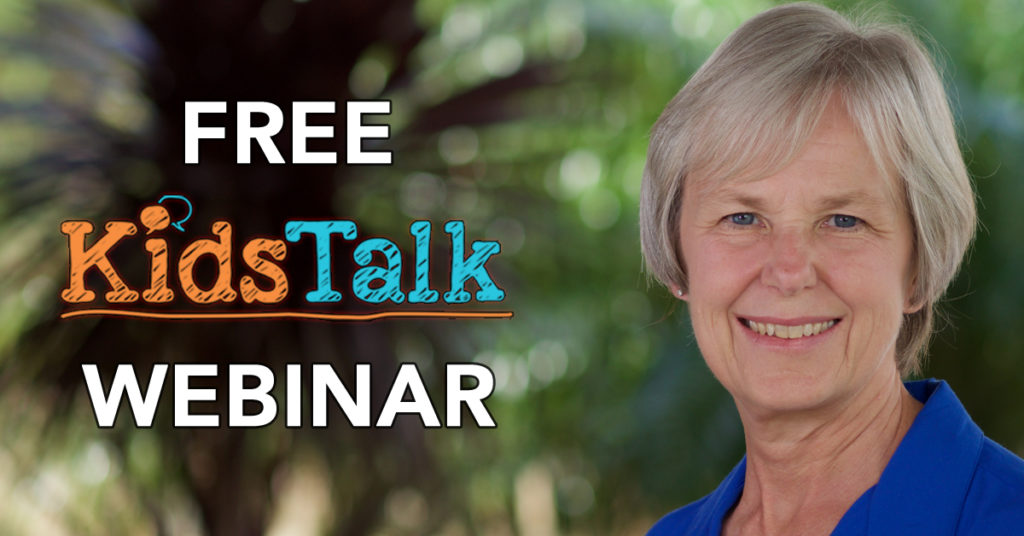
“The finest inheritance you can give a child is to allow it to make its own way, completely on its own two feet.” Isadora Duncan
“Don’t kiss me or hug me in public, Mom,” your child says as he or she wipes off your kiss.
Affection that was freely given and accepted becomes an embarrassment to the six-to-nine-year-old. As soon as adult teeth replace baby teeth, the child enters into a new phase of development. One of the characteristics of this period is a breaking out into a bigger world and a breaking away from the close familiarity of family and friends.
Human beings have an inborn drive to become independent. We see this independence assert itself in the infant who continually kicks off his or her socks; in two-year-olds with their forceful “no’s”; with the three-year-olds’ asserting, “Let me do it myself.”
One of the tricks of parenting is how to grow smaller and smaller as our children grow larger and larger.
- How do we hand over responsibility and encourage autonomy and independence in our children?
- How can we utilize this period of growing independence?
- How can we minimize our children’s feelings of dependency?
First, we can let our children make choices where appropriate.
For the three-year-old the choice may be, “Do you want to wear your red or your blue pajamas?” For a six-year-old, the choice might be in purchasing pajamas. For the ten-year-old, having a choice of bedtimes. For the sixteen-year- old, being involved in curfew decisions.
We can show respect for the child’s struggle to gain competency.
Learning new skills, such as tying your own shoes, takes time and dexterity. Instead of doing for our children, we need to ask, “How can I help?” remembering that any unnecessary help is a hindrance to their development towards independence.
We try not to pry.
Asking too many questions about our children’s day implies a level of distrust instead of interest. Can you remember a boss, teacher or co-worker who seemed to cross-examine you? Every day? A simple “glad to see you” or “welcome home” is many times the best way to make connection with our children and keep their trust.
We can encourage our children to use sources outside of the home to help answer questions or solve problems.
Help your child establish habits of seeking expert advice from various people. For example, if your child wants to know how to take care of a new hamster, suggest making a list of questions, then visiting with a pet store owner, searching the library, or contacting a friend or neighbor who has a hamster.
We can help our children learn to think for themselves by restating the question and encouraging exploration.
Don’t be too quick to be the encyclopedia of knowledge. “Dad, what makes a rocket ship go straight up?” may best be answered, even if you are a rocket scientist, with a question such as “What do you think makes a rocket go straight up?”
Encourage your children’s dreams, even if they sound outrageous.
Too many times we can dismiss youthful optimism with a casual remark when “I want to be an astronaut” is met with “Forget it! You’re not good enough in math. And besides that, they’re not training anymore astronauts.” We can encourage the essence of the wish when we answer, “An astronaut? What would you like to do as an astronaut?”
Encourage independence and autonomy by allowing your children to make appropriate choices, beginning at a young age.
Respect your children’s struggle for independence, mastery and competency. Don’t ask too many questions. Encourage using sources outside the home for problem solving and decision-making. Don’t be too quick to offers answer to questions and solutions to problems. Give your children the gift of having the time to figure it out themselves. Try to see your children’s wishes, hopes, and dreams through their eyes.
Day by day, choice by choice, our children will become stronger in their journey to adulthood.
They will get larger and larger. We will get smaller and smaller. Until one day, they will look at us eye to eye, on their own two feet.

